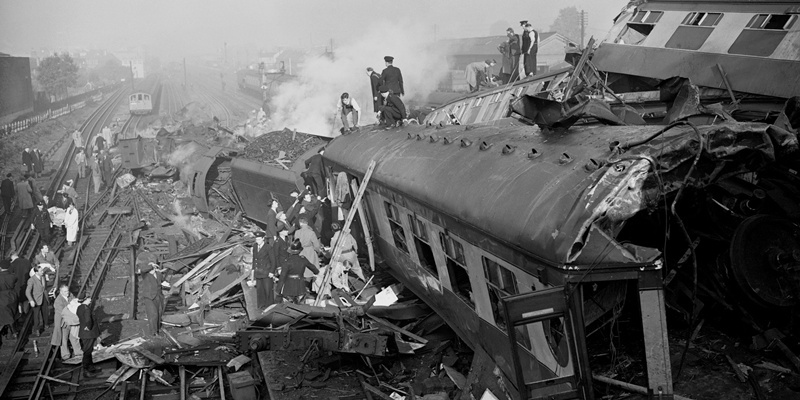A busy railway station halted for a minute’s silence on Monday to mark the 60th anniversary of Britain’s worst peacetime rail disaster.
A train from Perth was involved in the pile-up at Harrow and Wealdstone station in north-west London on October 8 1952.
Fair City passenger George Munroe and Fifer William Reid were among the 112 people killed.
As the clock struck 8.19am, a minute’s silence, organised by Harrow Council, was held as part of a commemorative service at the station.
The names of the dead, including their ages and occupations, were read out, including 22-year-old soldier Mr Munroe from Ainslie Gardens, Muirton, and Mr Reid (44), a firefighter from Kennedy Crescent, Kirkcaldy.
A couple from Crieff, identified in documents as M and V Dominy of Comrie Road, John Thompson of High Street, Perth, and Ronald Ashley of Monifieth Road, Broughty Ferry, were injured.
It was the most catastrophic railway accident in England and the second worst in the UK, after Quintinshill in Scotland, where 200 people were killed in 1915.
The accident, on a foggy autumn morning, happened when a night express train from Perth crashed into the back of a late-running London-bound local train which had stopped.
